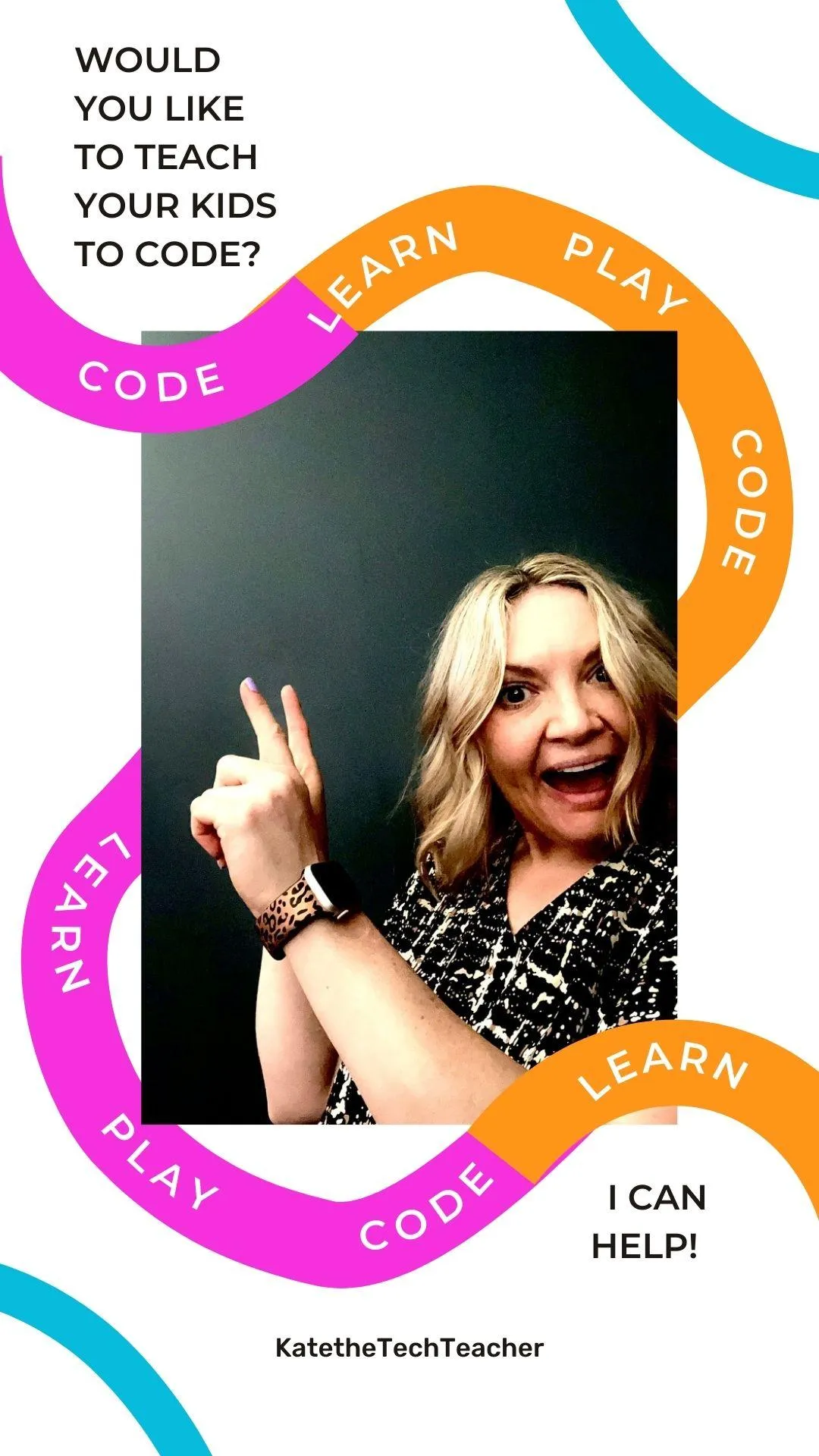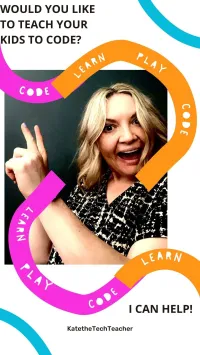Blog Posts
Unlocking the World of Coding: Empowering Elementary Teachers to Teach Coding with Confidence

The Power of Play: Boosting Learning and Teaching Coding Fundamentals
The Power of Play: Boosting Learning and Teaching Coding Fundamentals
"Play is the highest form of research. It’s incredible to see how students light up and learn when they’re having fun with coding." - Mrs. Johnson, Elementary School Teacher
Hey Teachers!
Let’s talk about the magic of play. Play isn’t just fun—it’s a powerhouse for learning! When we blend play with coding, we create an unbeatable combo that boosts creativity, problem-solving, and social skills. Ready to dive in? Let’s explore how play supercharges learning and discover 25 fun ways to teach coding fundamentals through games, movement, and music.
Why Play is a Game-Changer for Learning
Cognitive Superpowers:
What the Research Says: Play sharpens kids' brains! According to a study in the Journal of Applied Developmental Psychology, play helps kids think critically and solve problems creatively (Lillard et al., 2013).
In the Classroom: Play-based activities light up students' brains, enhancing memory, attention, and executive functions.
Social and Emotional Growth:
What the Research Says: The American Academy of Pediatrics reports that play is crucial for social and emotional development. It helps kids learn to interact, manage emotions, and build resilience (Yogman et al., 2018).
In the Classroom: Through play, students develop empathy, communication skills, and teamwork.
Physical Health:
What the Research Says: The CDC highlights that physical play promotes health, reducing obesity risk and improving motor skills (CDC, 2010).
In the Classroom: Movement-based activities keep kids active and engaged.
Academic Achievement:
What the Research Says: A study in Early Childhood Research Quarterly found that play-based learning boosts academic performance, especially in literacy and numeracy (Marcon, 1999).
In the Classroom: Play makes learning fun and accessible, encouraging a love for education.
25 Fun Ways to Teach Coding Through Play
1. Code Simon Says:
Play "Simon Says" with coding commands like "move forward three steps" to teach sequencing.
2. Musical Algorithms:
Create a song where each verse is a step in an algorithm. Sing and follow the steps to complete a task.
3. Dance Coding:
Develop dance routines where each move represents a coding function or command, such as loops and conditionals.
4. Hopscotch Coding:
Use a hopscotch grid to represent different coding commands. Students hop through the grid following a sequence.
5. Treasure Hunt:
Design a treasure hunt with coding clues that require solving to find the next location.
6. Coding Charades:
Act out coding concepts like loops, conditions, and functions without speaking, and have classmates guess.
7. Puzzle Programming:
Use puzzles that need to be solved by arranging pieces in a specific sequence, simulating coding logic.
8. Interactive Storytelling:
Write stories where students make choices at key points, using conditional logic to determine the plot direction.
9. Board Games:
Create board games with coding challenges that players must solve to move forward.
10. Code-a-Thon: - Host a competition where students solve coding puzzles within a time limit, encouraging problem-solving under pressure.
11. Flashcard Coding: - Use flashcards with coding terms and commands to create sequences and simple programs.
12. Relay Race Coding: - Set up a relay race where each team member must complete a coding task before passing the baton.
13. Coding Bingo: - Play Bingo with coding concepts. Each square represents a coding term or command that students must identify.
14. Digital Dance Party: - Use coding platforms to create digital dance animations, combining music and movement with programming.
15. Role-Playing Games: - Develop role-playing scenarios where students must use coding logic to navigate challenges.
16. Coding Scavenger Hunt: - Create a scavenger hunt with QR codes that link to coding problems students must solve to get the next clue.
17. Algorithm Art: - Use algorithms to create art projects. Students write code to generate patterns and designs.
18. Musical Chairs Coding: - Play musical chairs with a twist: each round, students must solve a coding puzzle to stay in the game.
19. Escape Room: - Design an escape room with coding puzzles that students must solve to "escape."
20. Tic-Tac-Code: - Play tic-tac-toe with coding challenges. Each move requires solving a coding problem.
21. Coding Relay: - Set up a coding relay where each student adds a piece of code to a program before passing it on.
22. Function Freeze: - Play a game where students freeze in different positions representing functions and commands when the music stops.
23. Virtual Reality Coding: - Use VR headsets to create immersive coding experiences, where students navigate and solve coding challenges.
24. Coding Karaoke: - Sing coding concepts to popular tunes. Change the lyrics to explain loops, variables, and functions.
25. Interactive Coding Wall: - Create a wall display where students can move pieces around to form sequences and solve coding problems.
Conclusion
Incorporating play, movement, and music into coding education makes learning more enjoyable and significantly boosts educational outcomes. By using these 25 creative methods, we can make coding accessible and engaging for all students, fostering a love for programming and developing essential skills for the future. Play is a powerful tool in education, and when combined with coding, it can unlock new levels of creativity, problem-solving, and academic achievement.
References:
Lillard, A. S., et al. (2013). The impact of pretend play on children's development: A review of the evidence. Journal of Applied Developmental Psychology, 34(1), 1-10.
Yogman, M., et al. (2018). The power of play: A pediatric role in enhancing development in young children. Pediatrics, 142(3), e20182058.
CDC. (2010). The association between school-based physical activity, including physical education, and academic performance. Centers for Disease Control and Prevention.
Marcon, R. A. (1999). Differential impact of preschool models on development and early learning of inner-city children: A three-cohort study. Early Childhood Research Quarterly, 14(4), 515-541.
Let’s make coding a fun and integral part of our classrooms. Happy coding, teachers!
© KateThetechteacher.COM | ALL RIGHTS RESERVED | TERMS & CONDITIONS | SITE BY FUNNEL GORGEOUS

